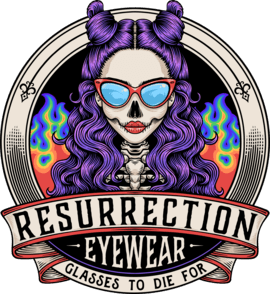Frame mending
HORN
•
PLASTIC
•
WOOD
•
AND MORE!!
•
HORN • PLASTIC • WOOD • AND MORE!! •
BEFORE
BEFORE
BEFORE
AFTER
AFTER
AFTER
Each and every mending job is unique. Various techniques are used depending on material, location and the type of breakage. We strive to have mends be as invisible as possible though in some cases the breakage will be visible after the repair. Transparent frames will have a visible internal splint in most cases.
Wood, horn and other exotic materials are handled on a case by case basis.
-
Every repair is unique, in some cases yes the repair will be visible. Transparent frames will have a visible splint in most cases.
-
It is very common to try to use super glue for a DIY repair. This is a BAD idea. Yes we can still repair them, it may make the repair more visible and there may be addition charged to remove glue in some cases.
-
We are able to fix many different breakages that most optical shops will deem unrepairable. We have specialty equipment, processes and techniques that most local optical shops do not have in house.
-
We work with all brands of horn and wood frames including Cartier, Rigards, Oliver Peoples, Feb 31st, Gold & Wood, Rolf and more!!
-
Yes! We have a one year warranty on all work.
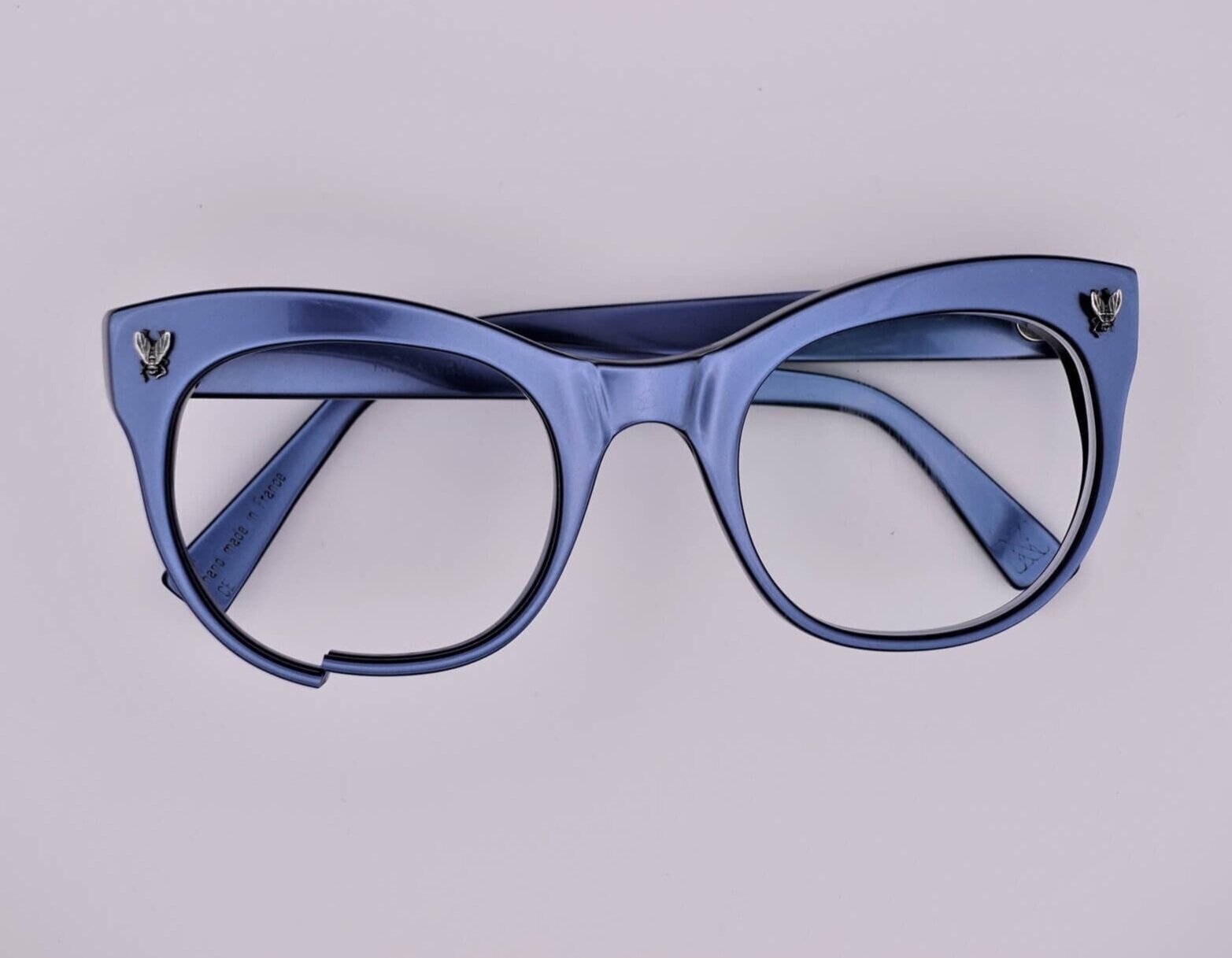
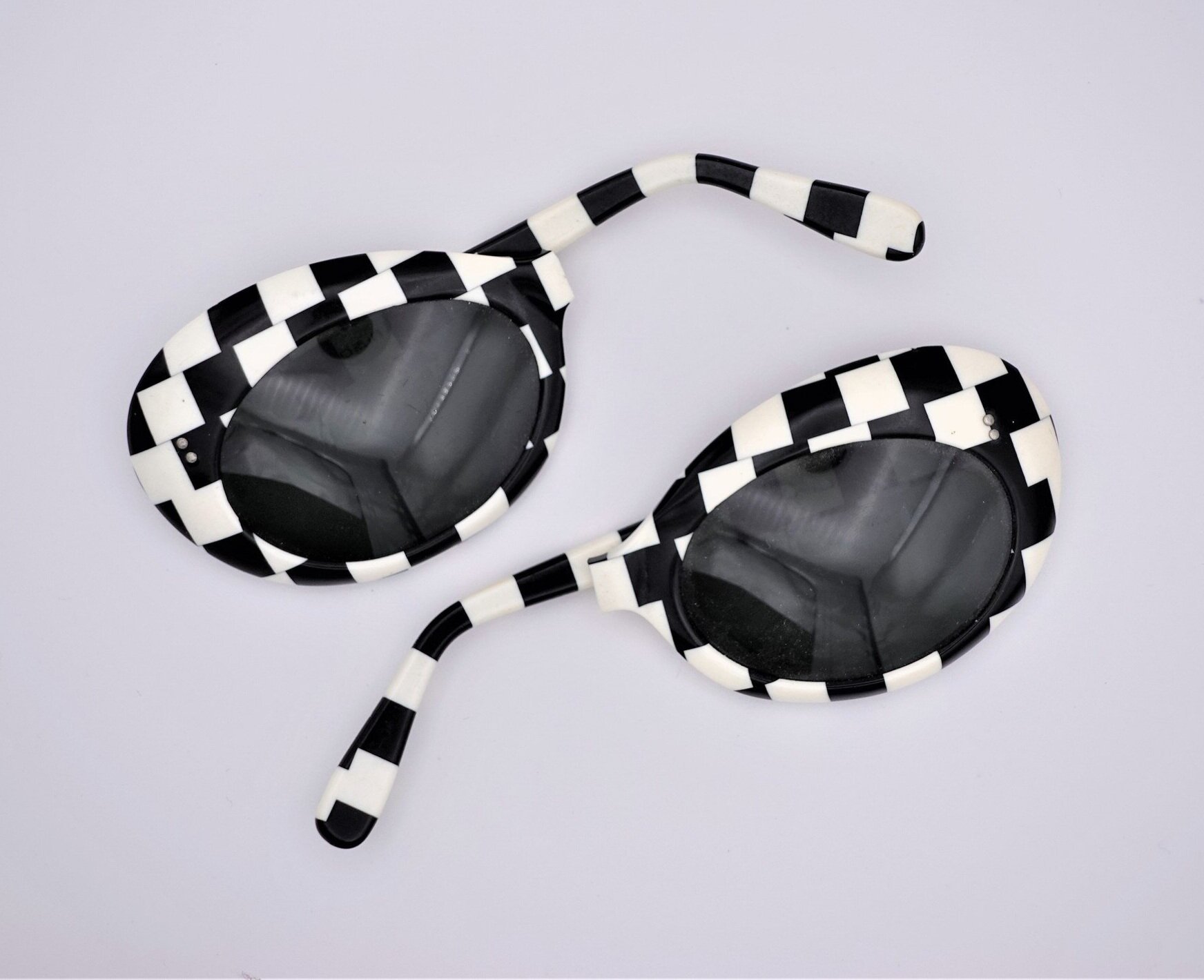
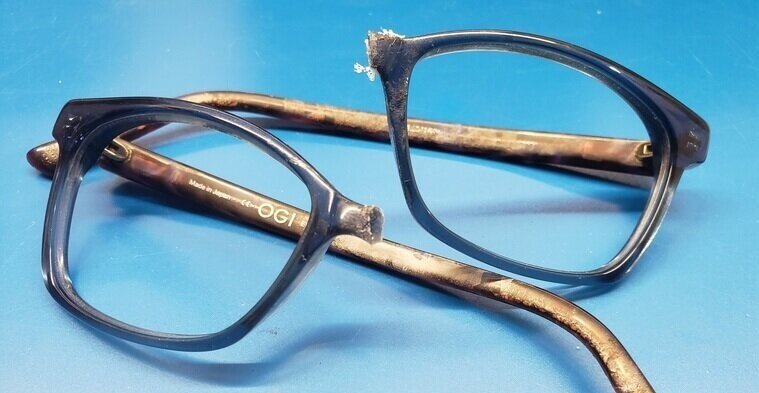

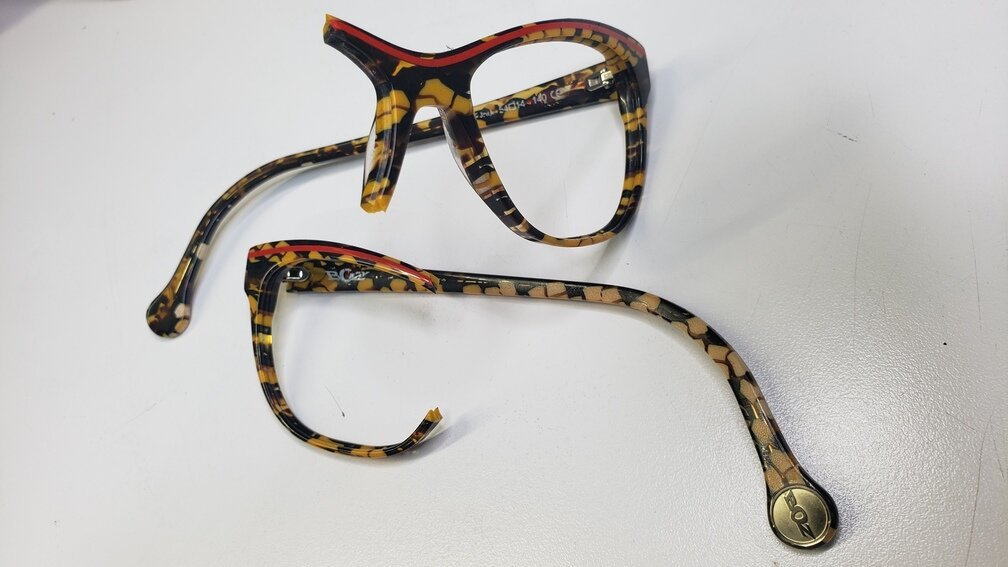
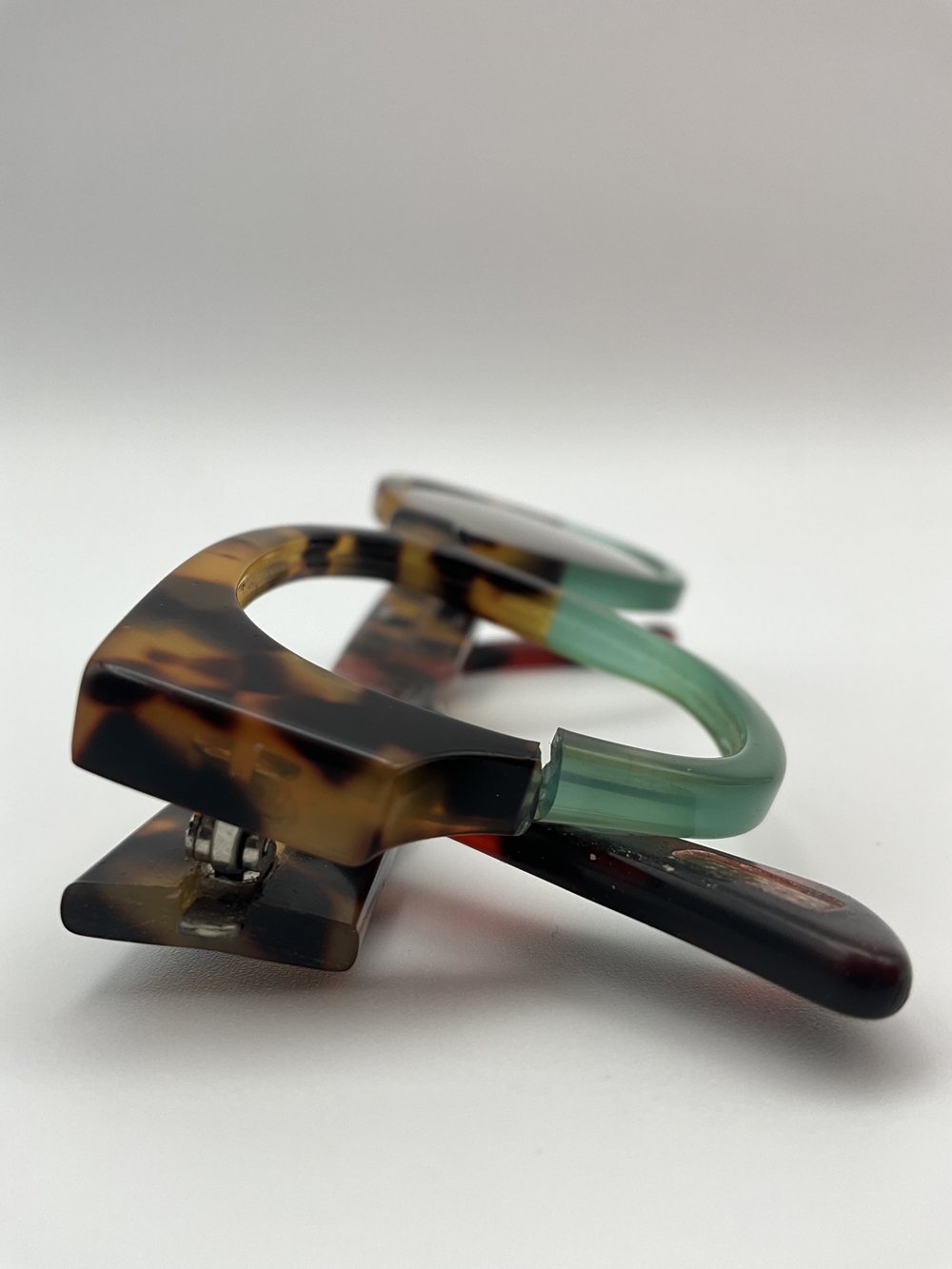
Horn Repair
Genuine Horn
◈
Genuine Horn ◈
